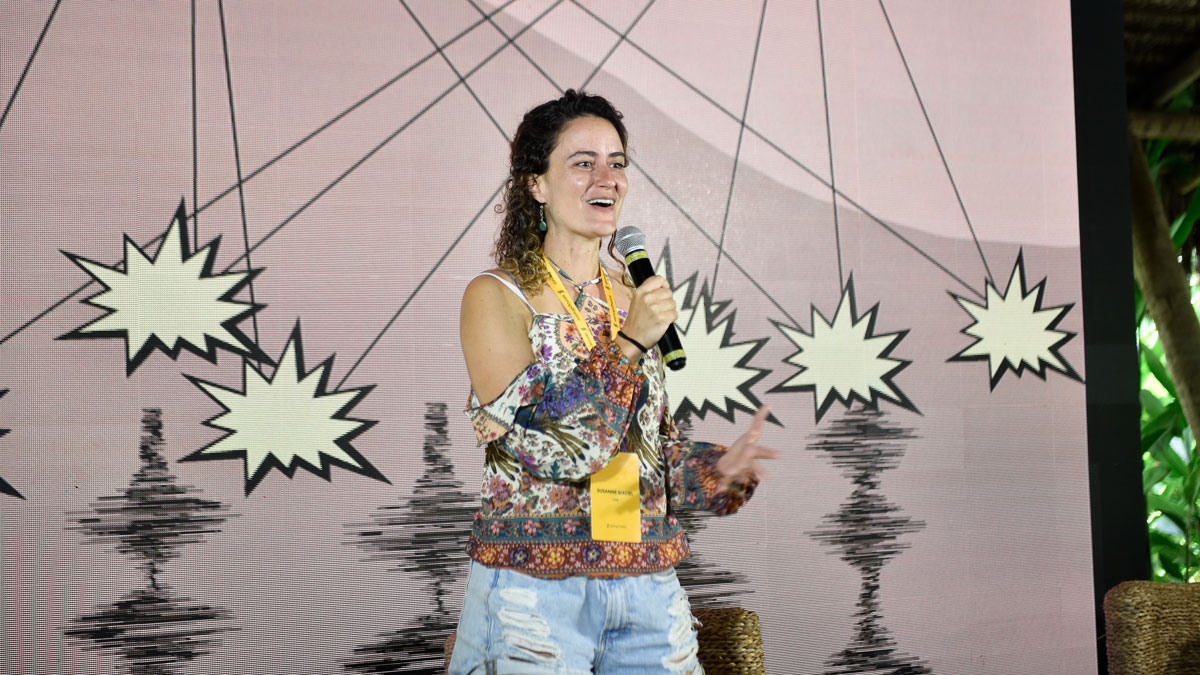Susanne Maciel’s path into geophysics was not straight.
After finishing high school, Maciel was drawn to math because of a description she read in a Universidade de Brasília (UnB) student guide. “It was so beautiful,” she recalled. “It said math is, at the same time, a philosophy, a science, and an art.”
As she advanced toward her bachelor’s degree, the description proved true. “But I wanted to solve real-life problems, to go somewhere I could apply all I had learnt,” she said. At a career fair, Maciel learned about geology and realized geophysics was “the marriage between mathematics and geology.” Coming from a family of mostly visual artists, that educational choice was a point out of the curve.
After completing a master’s degree in geology at UnB, Maciel went on to pursue a doctorate at the Universidade Estadual de Campinas, in São Paulo state. She worked with seismic wave monitoring during her Ph.D., and now, 15 years after returning to Brasília, she works at UnB’s Seismological Observatory.
Maciel studies the slight tremors that happen every day. “We study environmental noise; a vibration caused by cars passing or wind blowing is different from that [caused] by landslides or mudslides,” she said. Maciel does a lot of signal processing work looking at data from seismometers spread across Goiás state.
“This course keeps me rooted in reality.”
“We’re trying to catch specific seismic signatures of landslides before they happen,” she said. “That can help civil defense evacuate risk areas before disasters hit.”
Maciel is also a math professor in UnB’s education department, where she teaches undergraduate students from rural areas and traditional communities near Brasília. The training focuses on the realities and needs of the countryside, she said. Geophysics helps her bring real-life examples of math to her classes.
At the end of the day, teaching is a win-win, Maciel said. Her students “know the rocky outcrops and formations of their regions, and I learn a lot from them. We exchange views on nature but also affection. This course keeps me rooted in reality.”
—Meghie Rodrigues (@meghier.bsky.social), Science Writer
This profile is part of a special series in our August 2025 issue on science careers.


